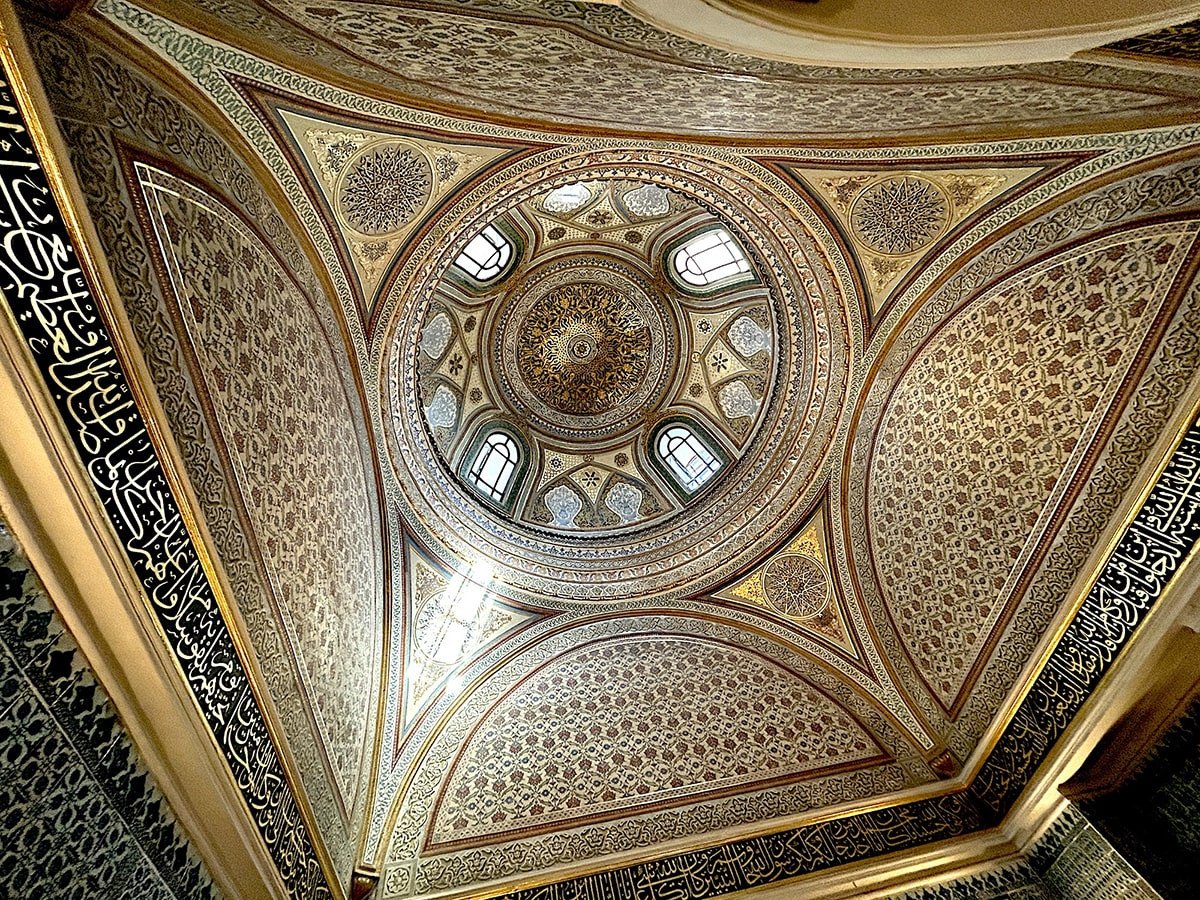Holy Relics of Islam
Everything you need to know before visiting Topkapi Palace Museum
- Home
- Holy Relics of Islam
Holy Relics of Islam
This corner had originally been built to to serve as the sultans’ private chambers in the inner courtyard and has been here ever since the reign of Mehmed the Conqueror, who founded this palace in the 15th century. The nicely decorated entrance of the chamber has reached the present day with the changes made during the reign of Sultan Ahmed III. The year, written by Sultan Ahmed III himself, is given as 1725 on the rectangular calligraphic panel above the entrance. The beautiful tiles on the walls all date back to between the 16th and 18th centuries.
The inside of this room was designed as an apartment for the sultans, with a four-room layout. The part at the entrance was named the Fountain Hall, since it connects the two sections that follow. This collection presents some of the sacred relics in chests or boxes while others are displayed in glass showcases. The coat, seal, sword and footprint of Prophet Muhammad are some of the most sought-after relics inside this room.
The collection inside mainly consists of historical pieces dating back to the time of the Prophet Mohammed and his followers. These items have been kept in the royal treasures of different dynasties, including those of the Umayyads and Abbasids, through ages starting from the 7th century. Later, in the early 15th century, the Mamluk state in Egypt retained custodianship of these sacred relics. When Sultan Selim I’s expeditions into to Egypt ended in consecutive victories, the Ottomans brought these prestigious relics to Istanbul in 1517. Thus, the Ottomans’ possession of this most genuine ancient Islamic collection of sacred texts had empowered its claim of leadership in the Islamic world.

